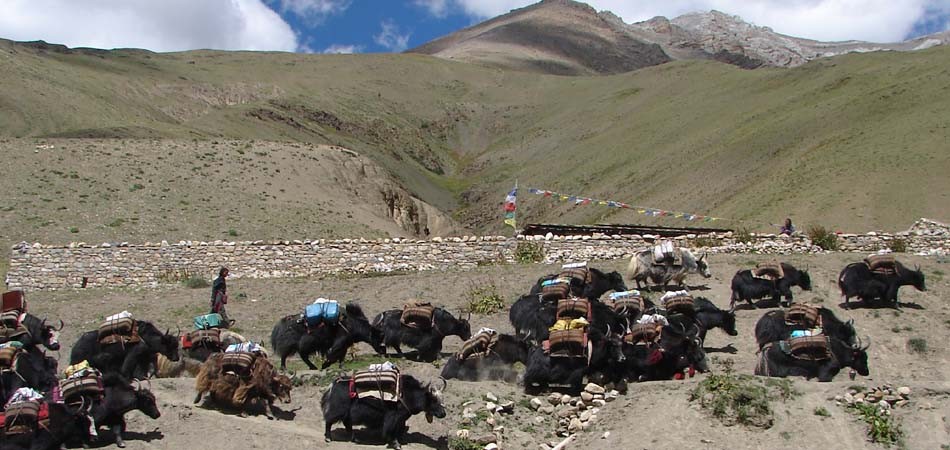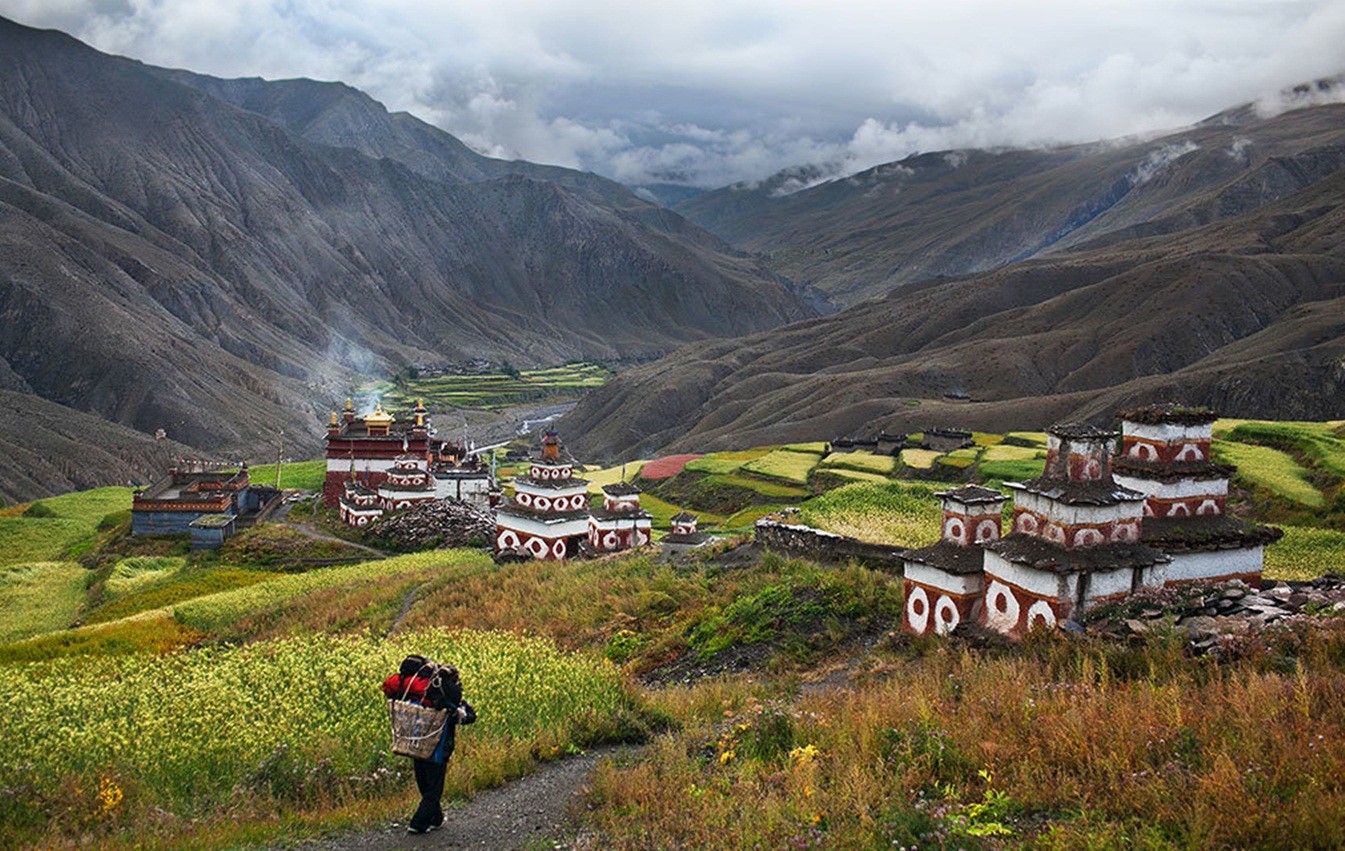Overview
Upper Dolpo is a culturally Tibetan region in West Nepal and during the course of the trek we will visit many Buddhist and Bönpo (shamanistic pre Buddhist) monasteries. Up until 1996 foreigners were not allowed access to this region so the culture has largely been unaffected by tourism. Of particular interest is Shey Gompa, this is revered as one of most important in Upper Dolpo where twice a year pilgrims make a kora (or circuit) of Crystal Mountain known as a younger brother of Mount Kailash in Tibet.
Upper Dolpo to Jomsom itinerary visits a remote region of Nepal, instead of following the more popular Dolpo Circuit we head further north to an area very close to the Tibet border and then walk out on the challenging trail to Jomsom along The Great Himalaya Trail. After Jomsom we will fly to Pokhara ( the city lf beautiful lake) and fly to Kathmandu.
Detailed Itinerary
Cost Details
- Nepal visa fee
- International airfare to/from Kathmandu.
- Alcoholic beverages, bottle mineral water, soft drinks and snack foods
- Any personal medical or evacuation expenses
- Riding horse along the trek
- Extra cost on natural disaster and unforseen circumistances
- Any personal expenses
- Extra night hotel Nepalgunj due to bad weather and earlier back to Kathmandu
- Helicopter charter and all accommodation on flight cancellation due to bad weather
- Tips to trekking crews
Equipments Checklist
Clothing
Warm jacket or down jacket
Water and windproof jacket, poncho or umbrella
Long sleeved synthetic fleece
Thermal underwear
Hat, pair of gloves and scarf
Comfortable hiking trousers (loose fitting)
Shorts and trousers, or skirt
2 pairs of warm wool-blend socks
2 pairs of running socks or liner socks
Proper hiking boots
Running shoes and flip-flops
T-shirts
During winter season, additional clothings may include:
The outer jacket should be warm, down jacket is highly recommended during winter season
Bring a pair of warm winter trousers, in addition to the hiking trousers
Bring at least one windproof layer of clothes, helping to reduce any chill factor influence.
Snow gaitors
Trekking Gear
Pair of polarizing sun-glasses (to be comfortable and to avoid potential snow-blindness)
Backpack and backpack cover (against rain and dust)
Map of the trekking area
Head torch, or small torch, plus spare batteries
Sleeping bag and silk liner
Water bottles
Miscellaneous
Toiletries
A small light weight and quick drying towel
Bar of soap
Sunscreen (at least SPF +20)
Earplugs
Insect repellants (for lower elevations)
First aid kid
Water purification tables or a water filter
Some Diamox pills against potential altitude sickness (if going beyond 4,000 m elevations)
Toilet paper
Optional items
Camera, battery etc
Altimeter
Compass
Binoculars
Books/magazines
Trekking poles
GPS unit
Padlocks for guest house rooms and bags
Sewing/repair kit
Pocket knife
Candles (for lodges)
Dairy or notebook plus pencil/pen
Camping
Tent
Stove and fuel
Cooking, eating and drinking utensils
Sleeping mat
Food and water (for the very remote trekking areas)




